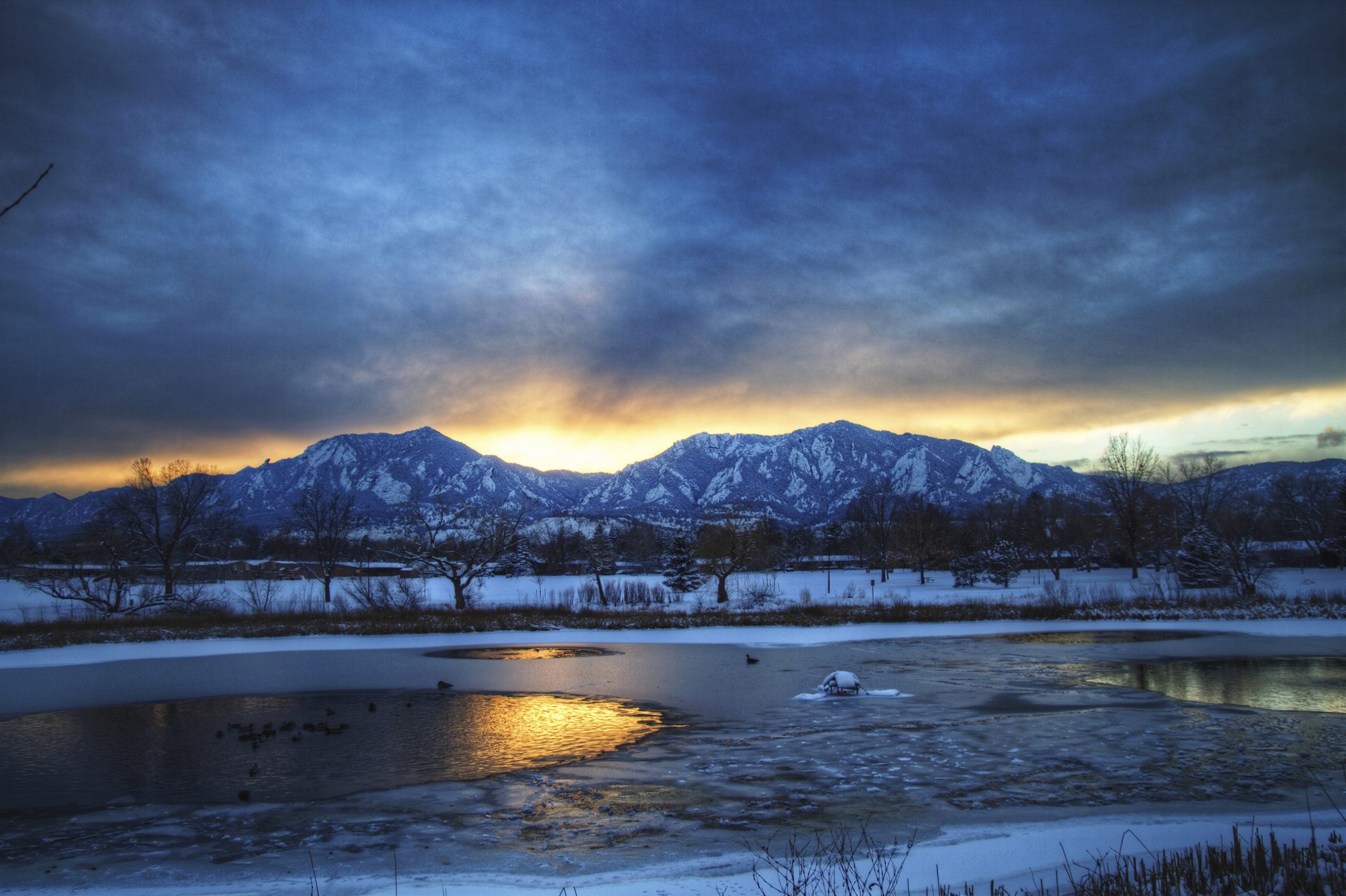Alpine climbing offers a fantastic physical challenge to people who want to climb the world’s beautiful, ice-capped mountain peaks. Alpine climbing is a self-sufficient way to tackle a mountain—climbers hike for a few days in a row and carry their own food, shelter, and other equipment the whole way. Sure, some of these cliffs have names like Death Face, but conquering them offers climbers a cosmic view of the world. If you want to join in this challenge and surmount the summits of these grandiose cliffs, you’ll need some specific gear.
Harness
Each person will prefer something different when it comes to alpine-climbing harnesses, but an effective harness will be light, adjustable, and simple. You’ll want an adjustable harness so that it will fit comfortably no matter how many layers of clothing you wear. Simple harnesses are also best because they have just a few gear loops to keep your climbing necessities nearby. ($50–$100)
Belay Device
A good belay device will allow for a wide range of rope sizes. The two main choices are self-braking belays, which help protect you when you fall, and figure 8 belays, which work better for rappelling. ($25–$50)
Sleeping Bag
Nights can get extremely cold on the mountain, so you’ll want a sleeping bag that can keep you warm in temperatures that drop below zero. An ideal bag will be waterproof and will weigh somewhere between 600g and 1800g, depending on the weather conditions you plan on climbing in. ($270–$600)
All-Around Single Ropes
All-around single ropes are your go-to ropes for alpine climbing. They are thick enough to stay solid on a climb, but light enough to not weigh you down as you hike. You’ll want one or two good all-around ropes. Climbers most commonly choose a 60-meter-long dry rope that is 9.8mm to 10.2mm in diameter. ($150–$270)
Ice Axe
An ice axe is absolutely essential for an alpine climb. The perfect ice axe for you will depend on your size and the technicality of your climb. Before making a decision, go into a store and test out axe weights and shapes to find what works best for you. ($75–$100)
Crampons
In order to climb up the snow and ice, you’ll need crampons, which attach small spikes for traction to the bottoms and sides of your boots. The style of crampons you will need depends on how difficult the climb is that you will make. However, the best ones are made of steel, are semi-rigid, and have horizontal frames. ($120–$245)
Bivy Shelter
This small, makeshift tent offers a snug spot to sleep, without adding unnecessary weight to your pack. You’ll still feel like you’re sleeping under the stars without having to deal with nature’s unwanted elements. The climbing minimalist will want a bivy shelter without poles in order to lighten the load even more. ($150–$270)
—Chelsea Adams



When I fall?! Well I guess that is a mountain climbing reality and it is better to prepare rather than be caught unawares. Some of the most beautiful photos have come from these types of hikes. I wonder how fit I would need to be to be a successful alpine hiker.